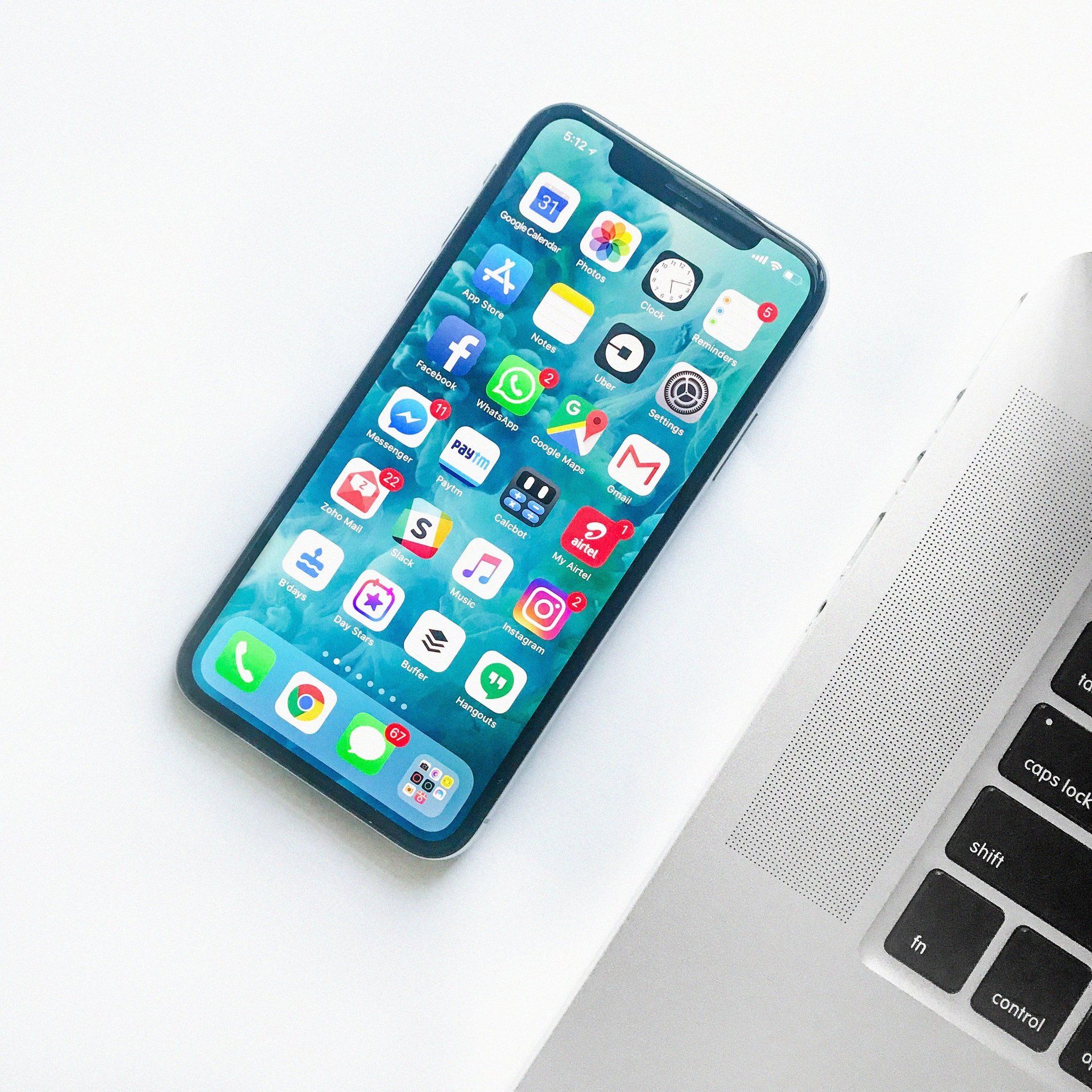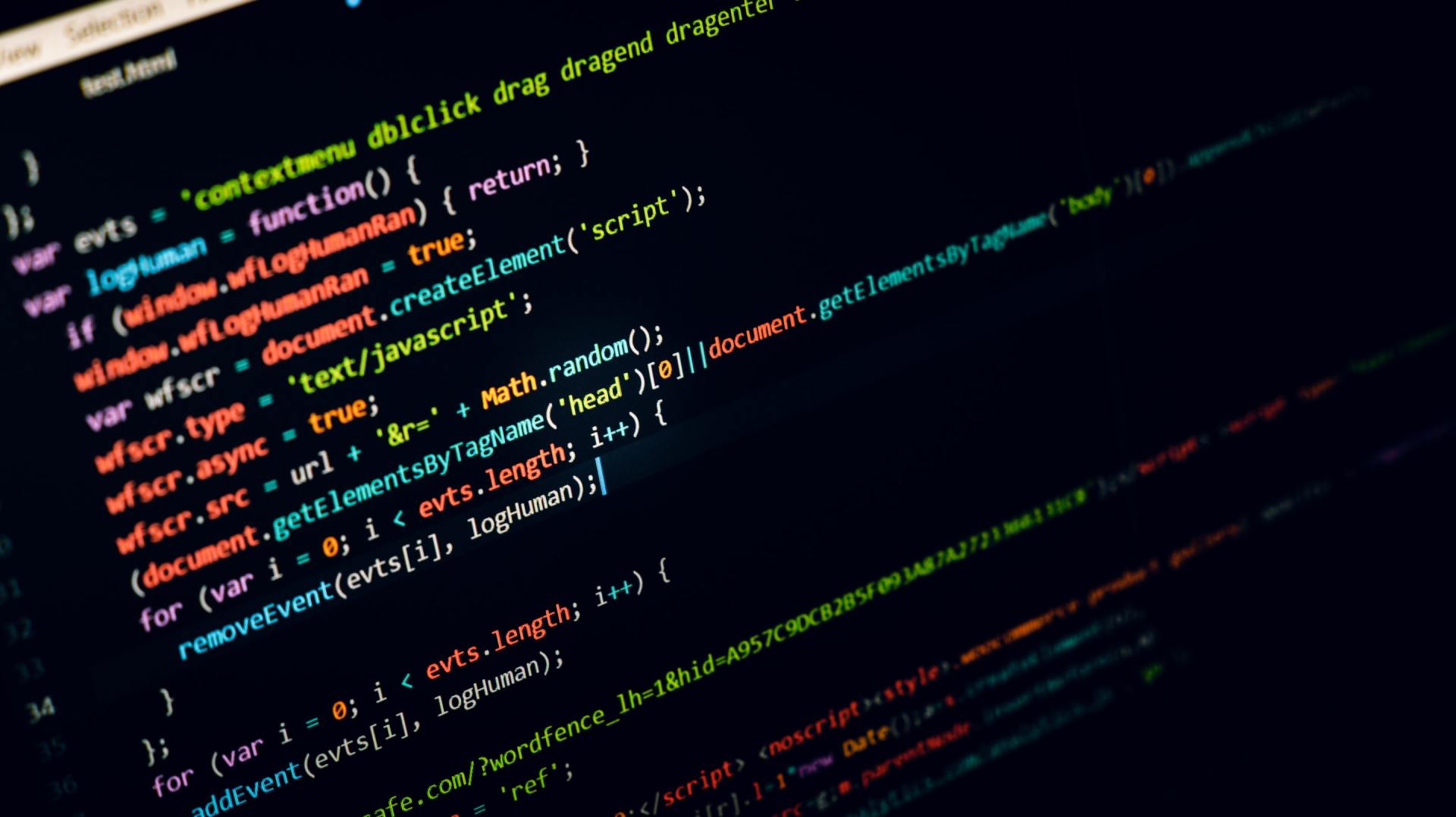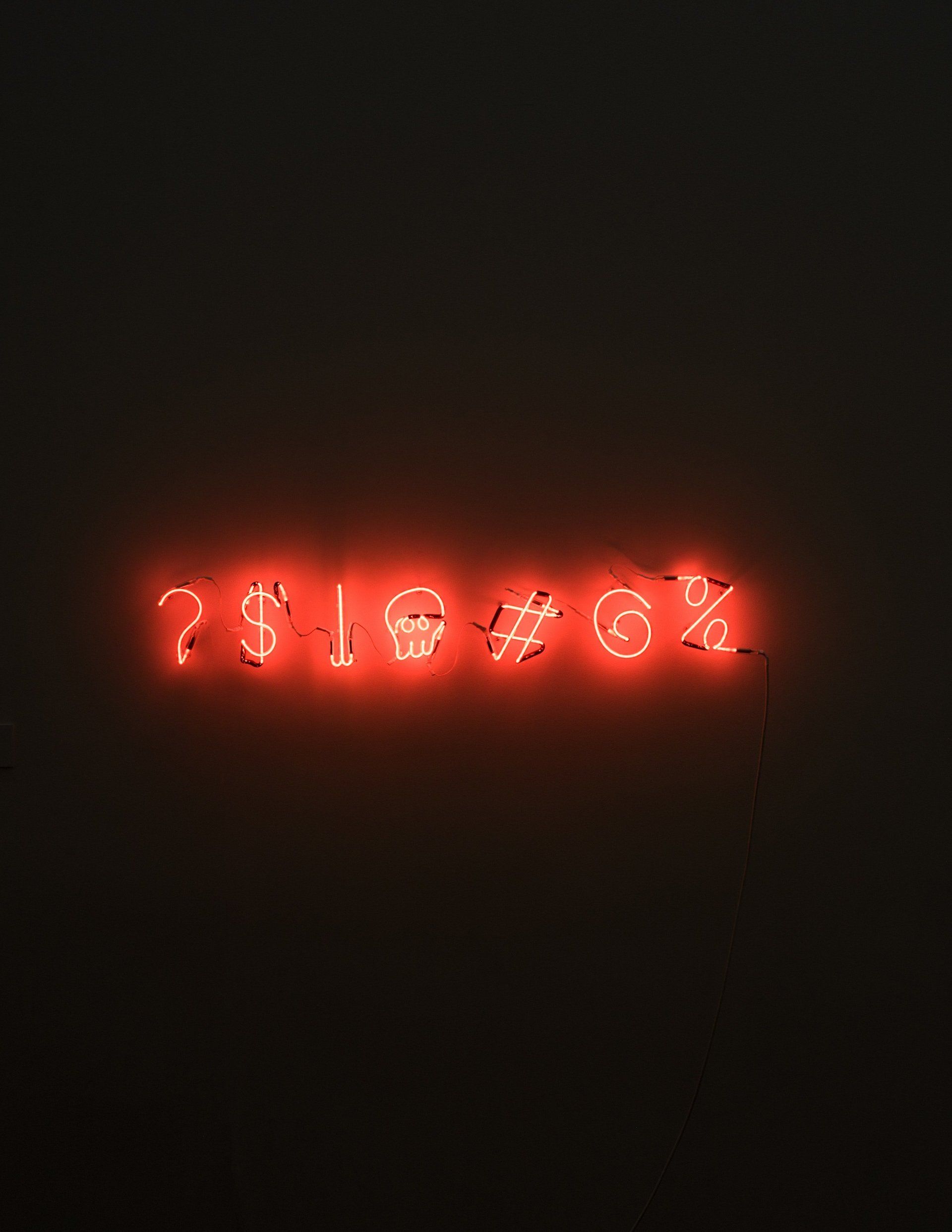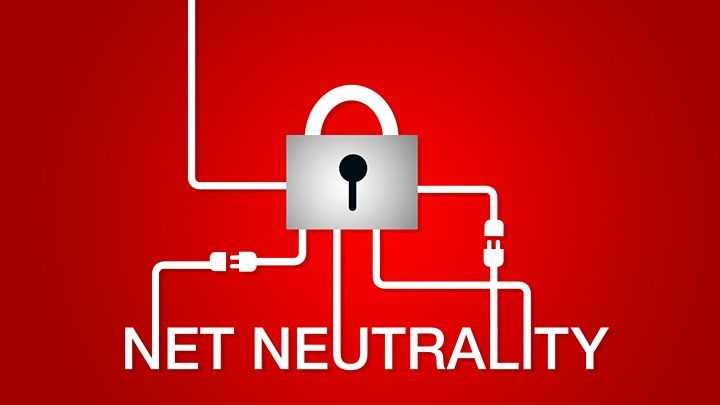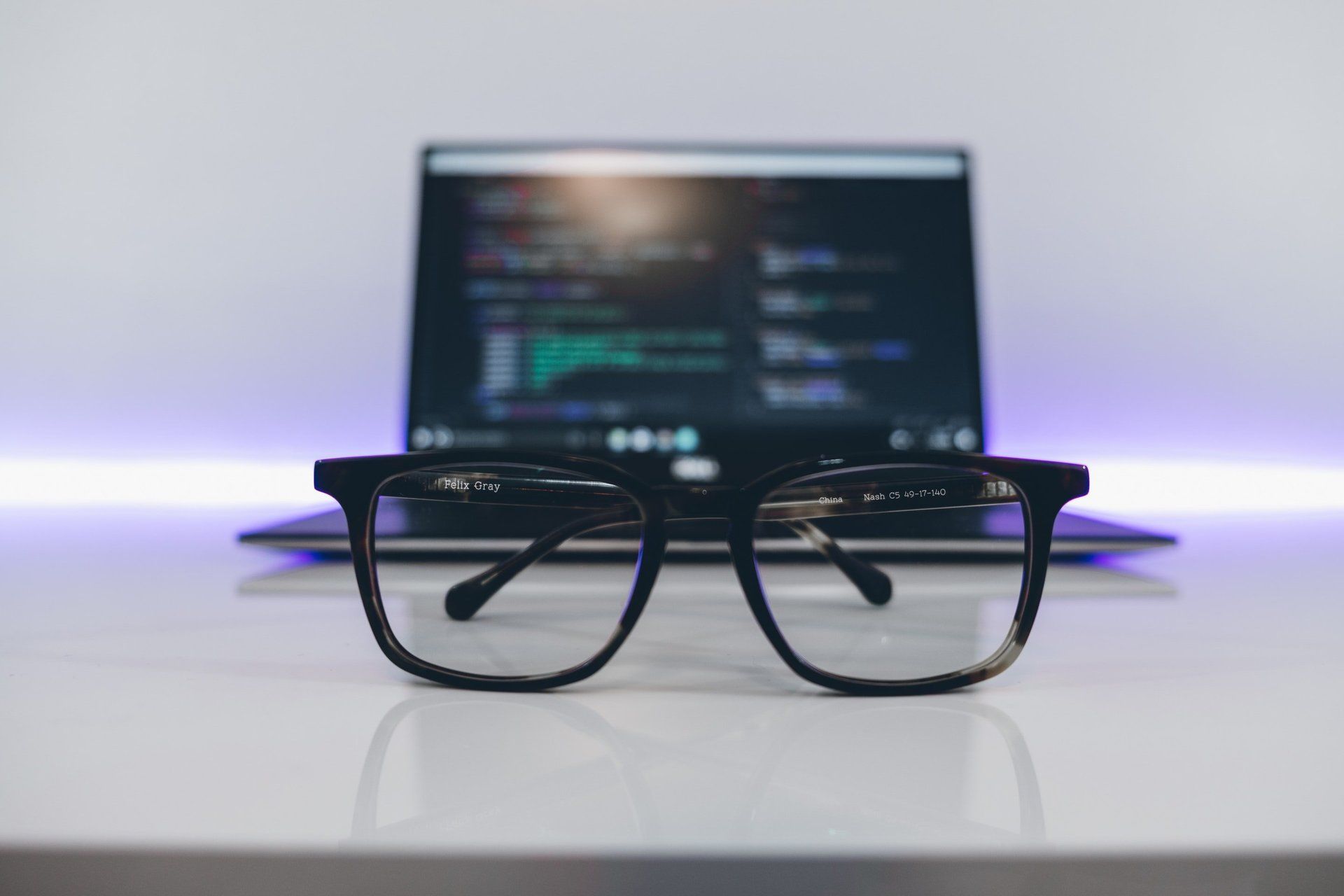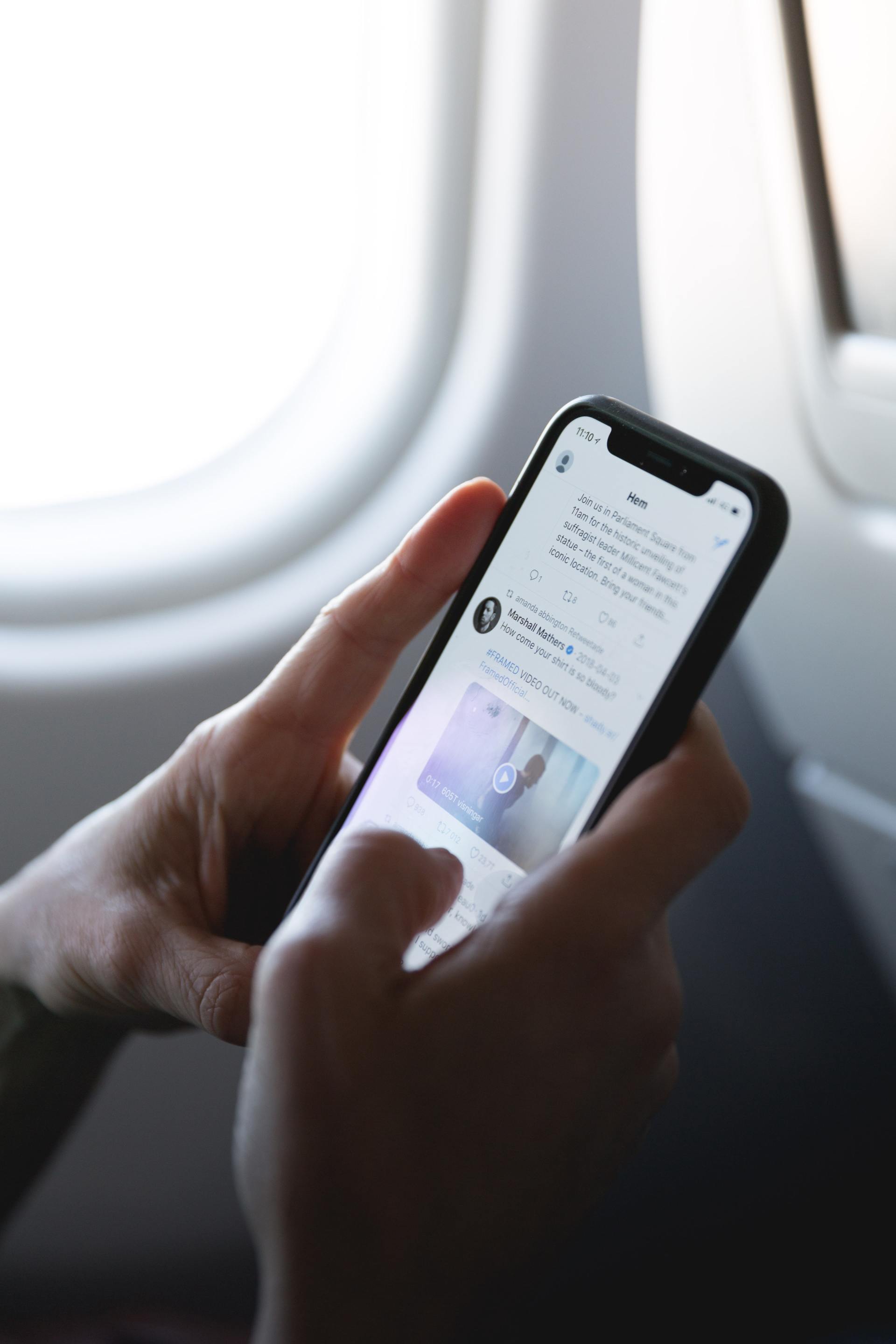Apple opens iOS 10 code: Why?
- By Paul Rubell
- •
- 24 Jun, 2016
One of the guiding principles at Apple Inc. is to keep its software proprietary, closed and secret. Apple’s code is the antithesis to open source software. Steve Jobs zealously and jealously guarded Apple’s operating systems especially to prevent hackers, jailbreakers and the US and foreign governments from understanding exactly how Apple products function and operate. Tim Cook has followed in Steve’s path, securing Apple’s code and locking the door to outsiders.
Now comes the iPhone 7 and with it, a new mobile telephone operating system: iOS 10. To great surprise, the heart (called the kernel) of the computer program (called code) has been released without encryption. The kernel is a crucial part of the operating system. It manages security and restricts the ways that apps can access the hardware of the device.
The computing community initially thought that Apple had made a mistake by releasing its newest mobile iOS without imbedded security. Apple announced this week that it had not made a mistake.
According to the company’s spokesperson:
“The kernel cache doesn’t contain any user info, and by unencrypting it we’re able to optimize the operating system’s performance without compromising security.”
Was the open kernel approach really taken for the purpose of optimization? Some industry observers don’t think so. With decryption, developers and security researchers can look more closely at the iOS code than ever before in order to locate security flaws and bugs. Apple hopes that these experts will identify security holes and create fixes to patch the bugs.
Apple wants to eliminate the United States government’s numerous requests and court orders directing it to create “back doors” that would allow the FBI to peer deeply into an iPhone and locate personally identifiable information about the iPhone’s owner. Court orders were issued in the aftermath of the San Bernardino massacre during 2015. Apple does not want to re-live that experience. It does not want to run the risk once again of a judge directing it to assist the government with accessing customers’ protected and personal information.
What better way to deter the government from compelling Apple to dig deep into iPhones and furnish protected information, than for computer gurus around the world to inspect the kernel code and write fixes and patches? Apple hopes that its code and encryption will be stronger with the input of outsiders.
The stronger the encryption, the more protected is the data that rests on the phone. In addition, if code is open and freely available, the FBI will not have to go to court seeking intrusive writs and orders directed against Apple, with all the notoriety and publicity that goes along with it.
For the sake of being complete and clear, Apple has not made iOS an open source computer language. It would be illegal and infringing to copy the code and use it for one’s own products.
Apple owns the code. Now, you can look at it.
